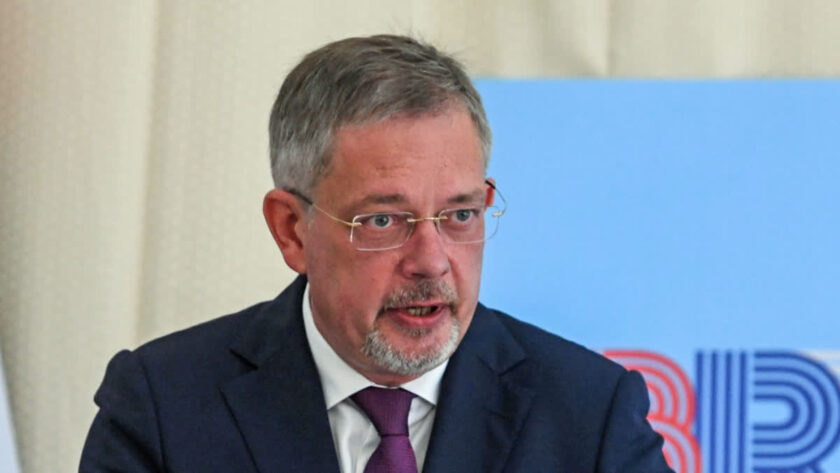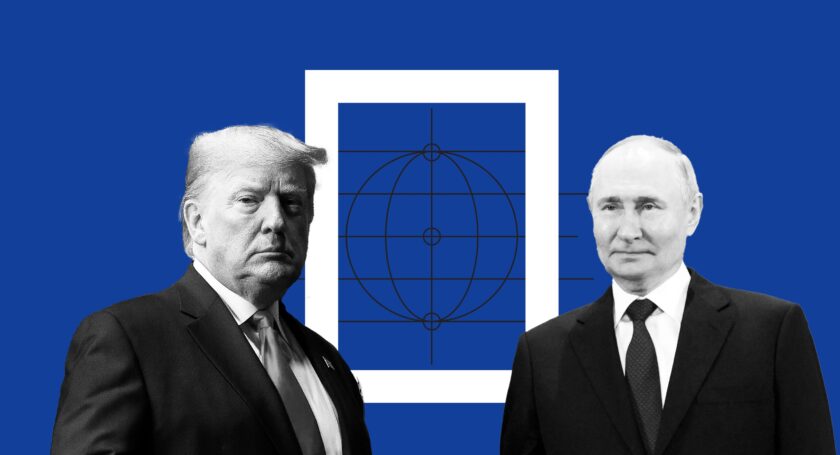New Delhi: U.S. President Donald Trump’s latest tariff offensive has shaken the global trade order, imposing a 50 percent duty on Indian exports across critical sectors such as textiles, pharma, auto components, and IT services. The move, effective from August 27, 2025, is being seen as Washington’s strongest economic weapon yet against New Delhi’s defiance of U.S. pressure, particularly India’s continued oil trade with Russia and its search for alternative markets in Asia and Europe.
Trump’s message is clear: under his “America First” policy, foreign products that threaten American businesses will face heavy penalties. For India, which sends nearly 30% of its textile exports and a large share of generics and IT services to the U.S., the impact is immediate and severe. Analysts warn that dependence on the American market has left these industries vulnerable.
Modi’s Counterstrike: “Plan 40”
In response, the Modi government has unveiled a sweeping strategy dubbed “Plan 40”, aimed at diluting U.S. dominance over Indian trade. The plan focuses on three pillars:
- Relief packages for affected industries, including credit support, tax rebates, and export subsidies.
- Diversification of markets, with textiles looking to Europe, Africa, and Latin America; pharma targeting Russia, Central Asia, and Africa; IT expanding into Asia, the Gulf, and Europe; and auto goods leveraging Make in India and EV policies to strengthen domestic demand.
- Forty new trade partnerships worldwide, with fast-tracked free trade talks with the EU, energy and tech deals with the Gulf, pharma and healthcare missions in Africa, engineering exports to Latin America, and deeper defence and energy ties with Russia and China.
The message from New Delhi is firm: “If America shuts one door, India will open forty more.”
Visa Politics: H-1B Tightening
Adding to the strain, the Trump administration is also reshaping the H-1B visa regime, long a gateway for Indian IT professionals. New rules propose restricting visas only to those investing at least $5 million in the U.S. — a clause that could sharply reduce opportunities for Indian engineers and students. Experts argue this is more political posturing than policy, as U.S. industries continue to rely heavily on high-skilled Indian talent, often paid far above local averages.

A Test of India-U.S. Relations
The twin blows of tariffs and visa curbs come at a time when Washington is already uneasy about India’s closeness with Russia. Observers say ties are entering a phase of “cooperation and confrontation” — marked by economic rivalry, but also tempered by shared geopolitical concerns.
Indian policymakers insist the country is no longer the fragile economy of 1991, dependent on IMF bailouts. Today, as the world’s fifth-largest economy, India believes it can withstand external shocks by leveraging self-reliance (Atmanirbhar Bharat), production-linked incentives (PLI), and a booming startup ecosystem.
As one senior official put it, Trump’s tariffs may hurt, but they also push India to accelerate reforms and expand its global footprint. “India will not bend, it will adapt,” he said.
The Road Ahead
Whether Plan 40 succeeds in insulating India’s industries from U.S. trade wars remains to be seen. But the confrontation underscores a new reality: global politics is no longer dictated solely by the West. Rising economies like India are scripting their own playbook — one that refuses to bow, and instead looks to build alliances across continents.






